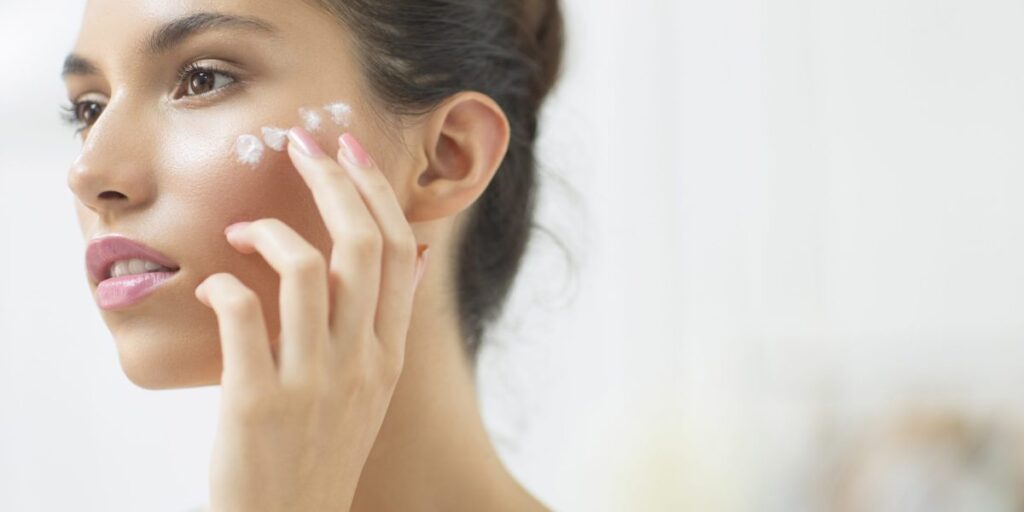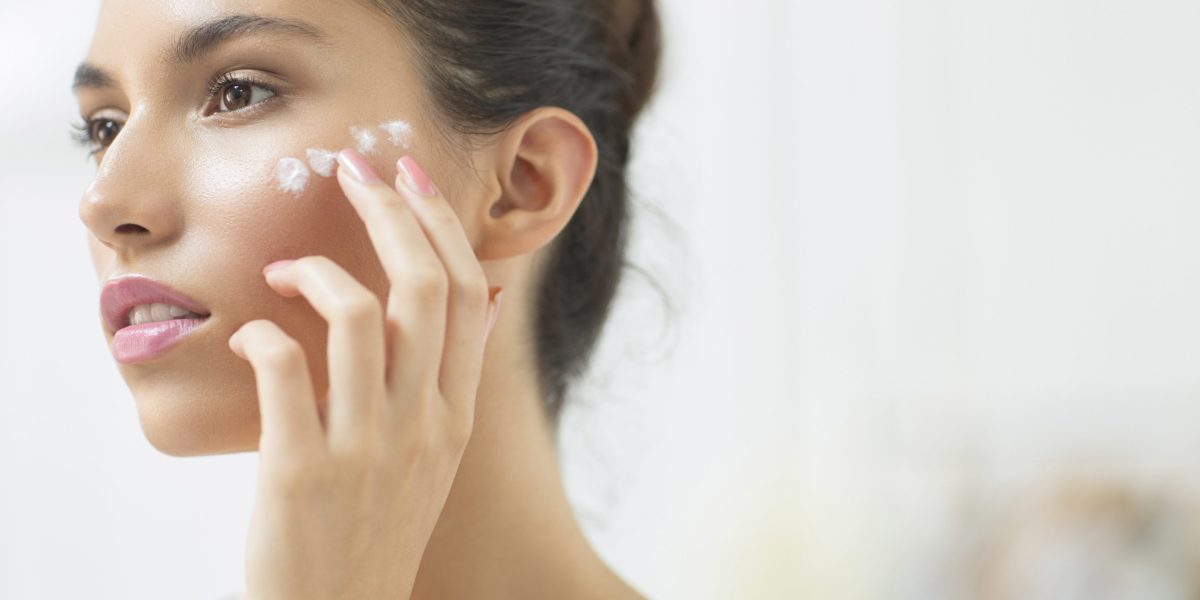TikTok is obsessed with homemade sunscreen—but you shouldn’t try this at home
As homemade sunscreen formulations are trending across social media, experts warn they are doing more harm than good.


Instead of running to the store or online shopping for sunscreen, increasingly people are looking to one of TikTok’s popular trends: making it themselves.
In a TikTok video with nearly 21 million views, model and social media influencer Nara Smith joined her husband Lucky Smith in making their own sunscreen, after realizing they ran out.
In the video, Smith and her husband create a concoction of coconut oil, beeswax, shea butter, cocoa butter, jojoba oil, and zinc oxide powder. Other influencers have shared similar recipes, claiming these ingredients are more natural ways to block harmful UV rays than store-bought sunscreen. However, experts warn that these homemade recipes do not meet the standards for necessary sun protection that commercial sunscreens are formulated to provide.
Of the DIY skincare hacks that exist, board certified dermatologist Dr. Dustin Portela (who has 2.4 million followers on TikTok himself) says “sunscreen is one of the ones that poses the biggest risks to people.”
@naraazizasmith 🤍 #fypツ #easyrecipe #sun #fromscratch #skincare #marriage ♬ Just Give Me One More Day – Alej
Sunscreen and concerns about toxins
Portela says this DIY trend comes from a fear of ingredients in commercial sunscreens. “People have this idea that they’re toxic or harmful or endocrine disruptors or will cause cancer in and of themselves,” he tells Fortune.
That uncertainty about sunscreen safety could have originated from the FDA’s own concerns with some commercial products. In 2019, the FDA proposed updates to regulatory requirements to sunscreen, after studies revealed certain active ingredients were absorbed into the bloodstream. However as Portela notes, “we have no evidence that they’re actually causing harm at the levels that they’re being detected in the body.”
The FDA requested data from manufacturers to confirm the safety of these active ingredients—however, they have not yet received that data, Dr. Theresa Michele, director, Office of Nonprescription Drugs, at the FDA tells Fortune.
A 2021 voluntary recall of dozens of sunscreens undoubtedly stoked more fears after testing revealed that they had been contaminated with a cancer-causing chemical called benzene—which is not typically found in sunscreen.
There’s no medical evidence that sunscreen causes cancer, and the FDA, CDC, and the American Academy of Dermatology (AAD) recommend wearing it—just not making it.
Homemade sunscreen risks
In the AAD’s official statement on homemade sunscreen, they warn that “research shows that most homemade sunscreens lack effective sun protection, leaving users vulnerable to sunburn, premature skin aging and skin cancer, the most common cancer in the U.S.”
To further underscore their anti-DIY sentiment they note that the shelf life, SPF, and water resistance of homemade sunscreen is a guessing game—especially given human error, there are bound to be inconsistencies between batches. The AAD says these factors only put users of homemade sunscreen at risk of skin cancer.
@drjennyliu #duet with @danielle also why putting butt paste with zinc oxide doesn’t prevent your skin #diyskincare #diysunscreen #dermreact #tiktoktaughtme #tiktokpartner #dermtok #skintok #greenscreen #DIY ♬ Jiggle Jiggle – Duke & Jones & Louis Theroux
When people make homemade sunscreen, Portela says, they’re likely not getting the same formulation as the person they’re copying. Additionally, inconsistent distribution of ingredients from mixing will lead to uneven protection, as what you use at the top of your container might not be the same as the bottom in terms of protection, Portela says.
“They go out with a false sense of security and still risk a sunburn or damage that could lead to skin cancer in the future.”
The best way to protect your skin from the sun
Portela emphasizes that the most effective way to reduce your skin cancer risk is through daily use of sunscreen. However, for anyone hesitant about using sunscreen, Portela suggests using mineral or physical sunscreens, formulated with zinc oxide and titanium dioxide. They will help protect the skin without the chemicals being absorbed into the body.
Portela also recommends using sun protective clothing. This includes rash guards, swim shirts, wide-brimmed hats, and sunglasses.
In addition, the AAD and CDC advise the following:
- Seek shade when the sun’s rays are strongest, between 10 a.m. and 2 p.m.
- Wear sun-protective clothing.
- Apply broad-spectrum, water-resistant sunscreen with an SPF of 30 or higher to all skin not covered by clothing.
- Reapply sunscreen if you’re out in the sun for more than two hours or after swimming, sweating, or toweling off.
- Check the expiration date of your sunscreen. If there isn’t one, most sunscreen has a shelf life of no more than three years.
- Sunscreen is not recommended for babies 6 months or younger.
- Use sunscreen even on cloudy days.
- Remember, no sunscreen is fully waterproof—only water resistant.
More on sunscreen and skincare:








